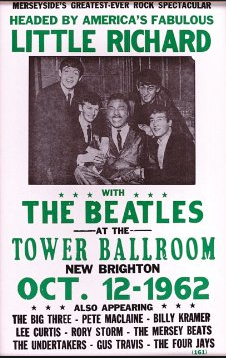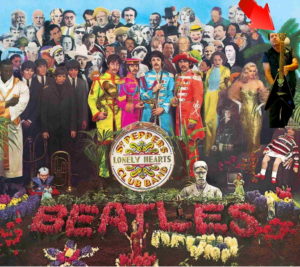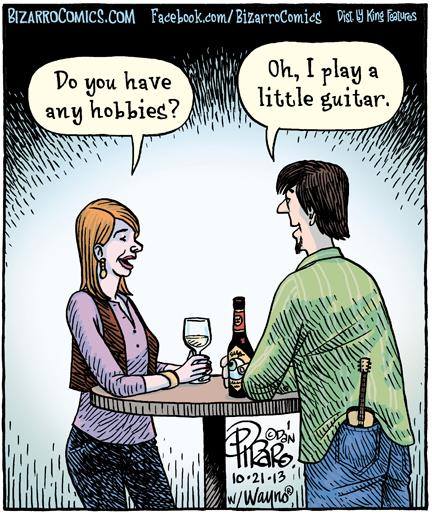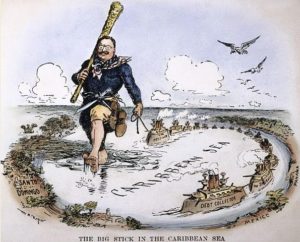He was known as both The Real King of Rock ‘n’ Roll and The Queen of Rock ‘n’ Roll. His rocking records ushered in the age of Rock and Roll years before The Beatles landed in America, with stellar musicians he gave a start to in his band, including James Brown, Billy Preston and Jimi Hendrix.
He was born Richard Wayne Penniman, but was always known as Little Richard.

Nobody can deny his influence on that infant form of music starting with his first recording session in 1951. Not Lennon and McCartney, who emulated his falsetto “WOOOOO” in many songs. Not Prince, who styled his pencil-thin mustache, his flamboyant attire, and his performance style on “The Architect Of Rock and Roll.” Not David Bowie, who named Little Richard as the initial inspiration for his biggest ever album, “Let’s Dance.” Not Bobby Zimmerman, who wrote in his 1959 Hibbing, MN high school yearbook “To join Little Richard” underneath his picture (a few years before he became Bob Dylan).
Where do you think Jagger got those moves? Where do you think Elton John learned to pound those keys? Who do you think inspired Glam Rock? And you think Kiss wore a lot of makeup? You should have asked Little Richard about Pancake 19.
He was a wild man, standing up to play the piano so he could dance at the same time — before he got a recording contract, he had to clean up his lyrics:
“Tutti Fruiti, good booty” became “Tutti Fruiti, aw-rootie”
Guilty-wracked as a closeted gay, Richard dropped rock in 1957 and committed himself to preaching the gospel, calling rock the Devil’s music, and recorded a religious album, God Is Real, in 1959.
But the Beatles drew him back into rock and roll when they recorded “Long Tall Sally.” He kept performing his core hits through the next few decades, and found himself in demand as a TV talk show guest (where he would shout “SHUT UP!”) and even a few movies.
In 1976 Little Richard returned to the ministry as a full-time evangelist. His next recording was another gospel album in 1979. In October 1985 he was seriously injured in an accident in West Hollywood. He struggled his way back to rock music and mass popularity.
In 1986 Little Richard was one of the ten original inductees into the Rock and Roll Hall of Fame, and he compiled many other honors.
Stars on the sidewalk —
The Hollywood Walk of Fame for Recording
The Music City Walk of Fame in Nashville
The Apollo Theater Walk of Fame in New York City
Halls of Fame
Georgia Music Hall of Fame
Rock and Roll Hall of Fame
Apollo Theater Hall of Fame
Louisiana Music Hall of Fame
Blues Hall of Fame
Rhythm and Blues Music Hall of Fame
And now, he belongs to the ages, as Ben Johnson said of The Bard of Avon.
Little Richard died May 9, 2020 in Tullahoma, Tennessee, of bone cancer — but the music will never die.



